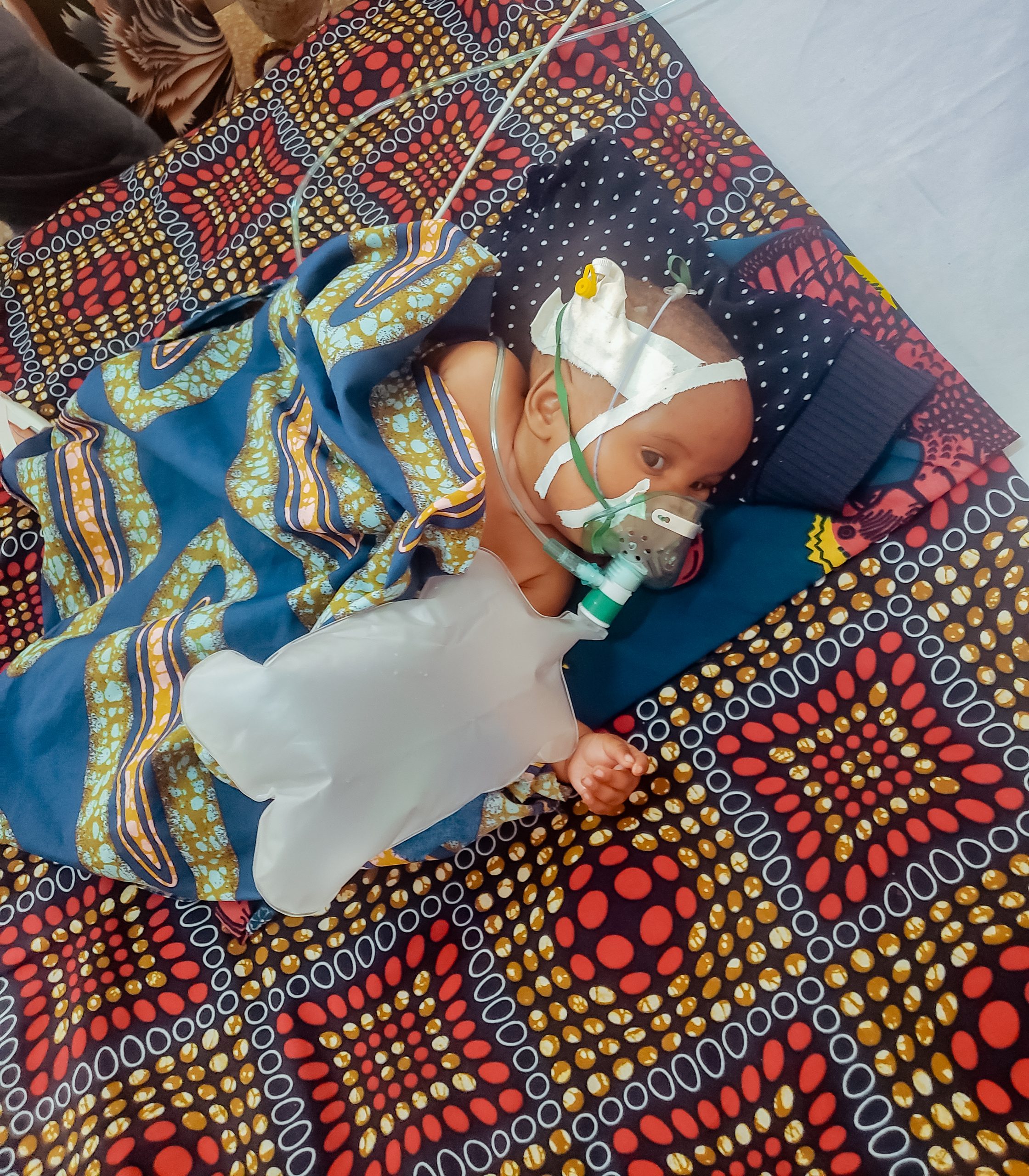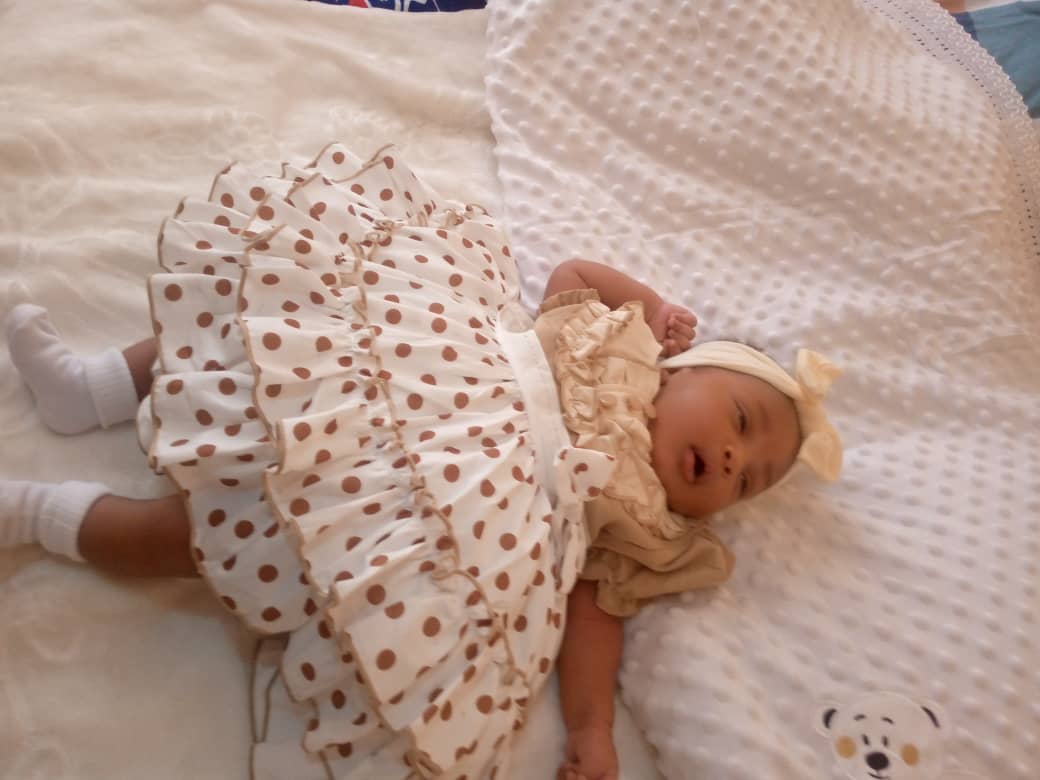When four-month-old Deborah arrived at a rural hospital in Tanzania, she was in serious trouble. She was breathing fast, her tiny chest heaving with effort, and her parents were terrified. But thanks to a nurse trained in Essential Emergency and Critical Care (EECC), Deborah’s story ended not in tragedy, but with smiles and relief.
EECC is a straightforward approach to identifying and treating critical illness using simple tools, timely action, and essential skills. It includes checking vital signs, giving oxygen, starting fluids, and making sure patients are positioned and cared for properly. It doesn’t require intensive care units or high-tech machines just readiness, training, and the will to act.
When Deborah arrived, the nurse on duty recognized the signs of critical illness. The baby’s oxygen levels were dangerously low, and her breathing and heart rate were far too high. The nurse didn’t wait. She rushed Deborah to the resuscitation room and called for help.
Within moments, a team was there. They gave Deborah oxygen and positioned her body to ease her breathing. Her condition began to stabilize: her oxygen level rose, her breathing slowed, and her heart rate came down. It was a vital turning point.

Deborah stabilized on Oxygen
Deborah had severe pneumonia a common but potentially deadly illness in young children. Without fast recognition and treatment, she might not have survived. But this hospital had a resuscitation room, essential EECC supplies, and, crucially, staff trained in how to use them.
Over the next few days, Deborah remained on oxygen and received antibiotics. She was closely monitored. Slowly but surely, she grew stronger. By day four, she was smiling, breathing normally without oxygen, and ready to go home to her siblings.

